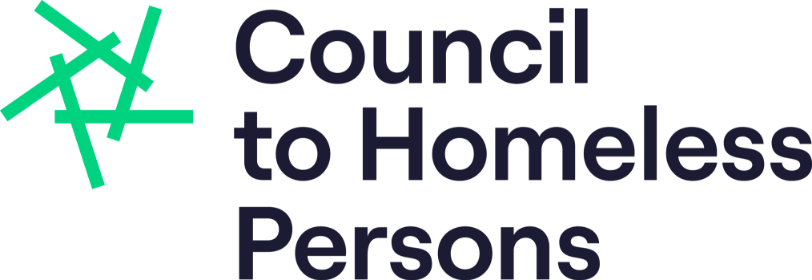The release of the ABS Estimating Homelessness data from the 2021 Census shows the true state of homelessness in Australia. For Victoria, the figures are alarming, with a 24 per cent more homelessness than the last Census count in 2016. Having reviewed the new Census release, Council to Homeless Persons presents five key takeaways.
Estimating Homelessness in Victoria
This week, the Australian Bureau of Statistics released its long-awaited Estimating Homelessness data, following the 2021 Census.
The numbers are believed to be the state’s most accurate picture of homelessness because the Census was conducted during Victoria’s lockdown, allowing more people to be reached and counted thanks to Victoria’s public health response.
For Victoria, the data shows that homelessness is at alarming levels. Council to Homeless Persons has reviewed the Census release, with five key takeaways:
1. Homelessness in Victoria
The number of Australians counted as being without a home on Census night grew by five per cent in five years since the last Census in 2016.
In Victoria, people counted as being without a home is a staggering 24 per cent higher than in 2016. In 2021, more than 30,000 Victorians were considered without a home on Census night – nearly 6,000 more than five years ago.
2. Aboriginal and Torres Strait Islander homelessness
The numbers are even more alarming for Aboriginal and Torres Strait Islander people. In 2016, 783 Aboriginal and Torres Strait Islander Victorians were counted as being without a home on Census night.
In 2021, the number of Aboriginal and Torres Strait Islander Victorians without a home is 1,109 – 42 per cent more than five years ago. The rate of homelessness per 10,000 Aboriginal and Torres Strait Islander people, however, increased by only three per cent.
3. Children and homelessness
Children aged 12 to 18 experienced the biggest growth in people without a home when reviewing the data by age group, with 32 per cent more children without a home than in the 2016 Census.
This is also reflected in the rate of homelessness per 10,000 of the population, showing the figures are more than a case of an increasing head count for this age group.
4. Older people and younger people
The Census data counted the rate of homelessness among older (over 55 years) and younger (12 to 24 years) people.
The rate per 10,000 of the population shows that homelessness among younger people was 15 per cent more than in 2016 (65.6 to 75.7 per 10,000 people) compared to three per cent for older people (20.7 to 21.4 per 10,000 people).
5. Men and women
There continues to be more men without a home than women. This is despite the fact that women present in higher numbers than men to specialist homelessness services.
The growth in the number of women counted as being without a home was more than men when compared to 2016 data, by a small margin of two per cent.
Alarming figures require urgent solutions
The picture for Victoria is sadly compelling.
There are, however, solutions to ending homelessness in Victoria – and the new Census data must be the catalyst for urgent action and continued investment in proven programs that support people without a home.
This week, Council to Homeless Persons has continued its call for continued funding for From Homelessness to a Home, which will be drastically reduced from 30 June 2023 without continued commitment from the Victorian Government in the upcoming State Budget.
From Homelessness to a Home has successfully housed over 2,000 people who were placed in hotels during Covid lockdowns, ensuring people rough sleeping have access to the long-term housing and support they need.
While reduced From Homelessness to a Home funds will continue to support this cohort, the data shows the need to grow, not reduce, existing levels of funding.
Where investment is needed
Investment in programs based on Housing First principles, as well as a sustainable pipeline of social housing growth, continues to be vital if Victoria is serious about ending homelessness.
Council to Homeless Persons is calling for a range of measures to reduce the number of people experiencing homelessness in our state.
In the upcoming State Budget, the Victorian Government must commit to:
building 6,000 new social housing properties each year for at least a decade, ensuring 10 per cent of those properties are owned by Aboriginal Community Controlled Organisations
spending $47.5 million in 2023/24 to keep From Homelessness To A Home achieving strong outcomes, and investing $224.4 million over the next four years to continue and grow the program to support more rough sleepers
investing $83.9 million over four years in an accommodation subsidy to establish a pool of 5,000 new social housing properties for young people.
Learn more with CHP’s State Budget submission
What’s next?
Council to Homeless Persons will continue advocating for a ten-year strategy to end homelessness in Victoria, including the six priority investments that together provide a platform for funding over the next four years and beyond.
Find more information and ways to get involved on our State Budget submission webpage.
We will provide updates leading up to the State Budget via our eNews, Twitter, Facebook and LinkedIn accounts. Be sure to follow us to keep up to date, and share any messages to support these calls.
The ABS will be releasing data cubes in April/May, allowing for a deeper dive into the figures. Council to Homeless Persons will be providing commentary when available.
We would love to hear your reflections on the new Estimating Homelessness Census data. Message us on social media or email us at campaigns@chp.org.au to share observations, thoughts and ideas from your services and communities.

